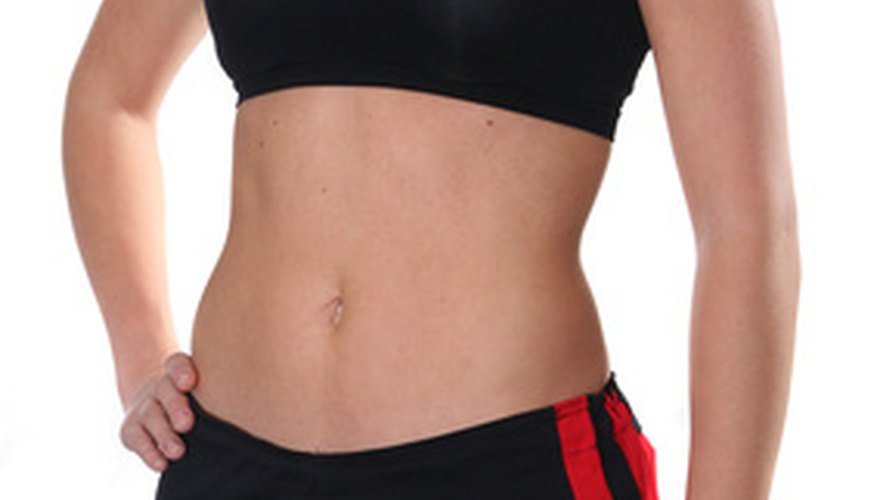Pilates is a branch of exercise that is designed to strengthen and restore a body's balance. Pilates can be performed with or without specialised equipment, but it is often more beneficial when done with an apparatus modified to suit individual needs during exercise. The Wunda chair is a piece of Pilates equipment utilising spring resistance to help users build strength, and stretch the muscles of the arms, back or legs. Wunda chairs resemble boxes attached to a series of springs in which the opposite side of the box can be pressed in or pulled out.
- Pilates is a branch of exercise that is designed to strengthen and restore a body's balance.
- The Wunda chair is a piece of Pilates equipment utilising spring resistance to help users build strength, and stretch the muscles of the arms, back or legs.
Cut the wood to form the main structure based on the pattern of a existing Wunda chair. Measure and cut pieces for the sides, back, base, and top of the chair, making the chair size fit your specified needs.
Plug in the electric drill, and drill holes a 1/4-inch in from the edges of the wood pieces that you've cut for the sides and back of the chair.
Align the chair, propping up the back and base wood pieces in their appropriate position. Then, screw in the screws to hold these pieces in place. Leave space for the back piece so that the side pieces of wood can fit properly. Apply wood glue in this space, and then position the side pieces of the chair, making sure they are seated properly relative to the back. Install corner brackets within the chair on all formed corners to ensure that the chair is sturdy and holds together well.
- Align the chair, propping up the back and base wood pieces in their appropriate position.
- Apply wood glue in this space, and then position the side pieces of the chair, making sure they are seated properly relative to the back.
Make the footrest for the chair by cutting some plywood and aluminium tubing, and putting it in position at the base of the chair. Use the screws to attach the piece securely, leaving no room for movement. Attach the aluminium support arms using the bolts for added stability.
Place the springs and metal clips on the underside of the footrest to provide the footrest with appropriate resistance. Construct the cushion using the vinyl and foam pad, measuring to fit the seat, and attaching it to the chair using a staple gun.
TIP
Buy the best quality materials when building your Wunda chair to ensure the best quality end product. Use a wood stain to polish the chair, and a sealer to protect it.
